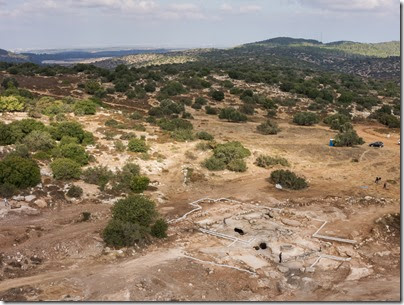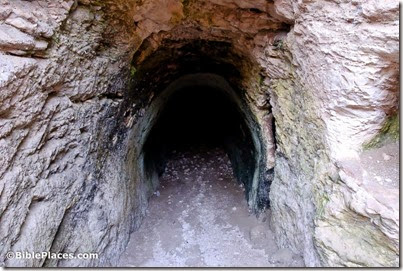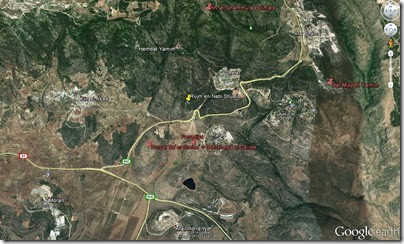Joseph Patrich and Benny Arubas offer four reasons against identifying the mausoleum discovered at the Herodium with the tomb of Herod. Unfortunately, they do not suggest an alternative identification.
Some IAA photos of the Byzantine monastery uncovered near Beth Shemesh are available for download. [link has expired]
The oldest known Jewish prayer book just went on display at the Bible Lands Museum in Jerusalem.
3 Sea of Galilee Sites You’ll Pass But May Not See. Before you click, see if you can guess the three.
Ferrell Jenkins looks at two outstanding architectural remains in the Pergamum Museum in Berlin: the Miletus Market Gate and the Altar of Zeus.
Leon Mauldin has two illustrated posts about the two Temple boundary inscriptions: the complete one on display in Istanbul and the fragment in the Israel Museum.
The Baptist Press runs a story on the Bronze Age water system of Gezer.
Wheaton’s Archaeology Lecture Series 2014-2015 has two lectures remaining.
An electronic edition of supplementary volume of The New Encyclopedia of Archaeological
Excavations in the Holy Land is now available to all members of the BAS Library.
Subscriptions are now available to the Loeb Classical Library, but the prices aren’t cheap and you must inquire by email.
In stock on Monday: the first volume of the Dictionary of Daily Life in Biblical and Post-Biblical Antiquity, edited by Edwin M. Yamauchi and Marvin R. Wilson ($20).
HT: Joseph Lauer
Photo by Griffin Aerial Photography Company, courtesy of the Israel Antiquities Authority.



